Fluorescent materials have drawn much attention as probes for imaging, diagnosis, and therapy in biological science.
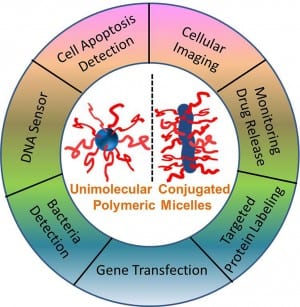

Fluorescent materials have drawn much attention as probes for imaging, diagnosis, and therapy in biological science.

A new study shows that mechanical properties of Bombyx mori silk fibroin can be tuned by coupling it with another biocompatible polymer.
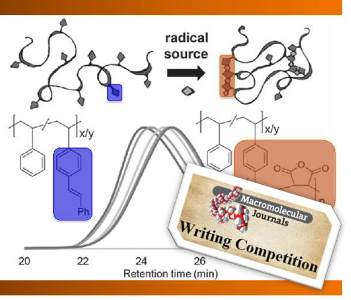
Dynamic synthetic polymer systems are emerging as modules to study structure-property functions, motivated largely by Nature’s biopolymers.
Catia Ornelas highlights recent advances in dendrimer chemistry, and provides a critical discussion about limitations of and expectations on these systems.
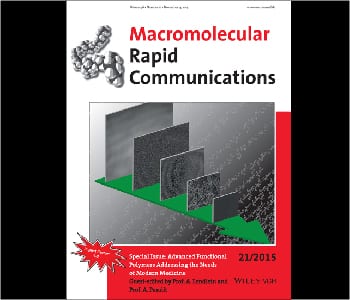
To fulfill the complex requirements of medical applications, multi-functional biomaterials need to be designed.

Interfaces to capture, detect, and analyze circulating tumor cells are reviewed, which give a valuable insight into tumor progression and metastasis.
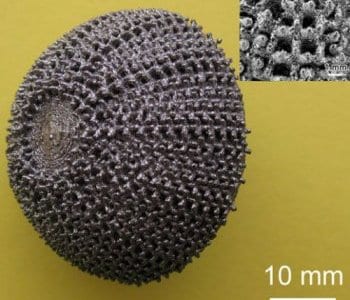
This paper reviews the recent progresses in selective laser melting of titanium alloys and titanium matrix composites for biomedical applications.
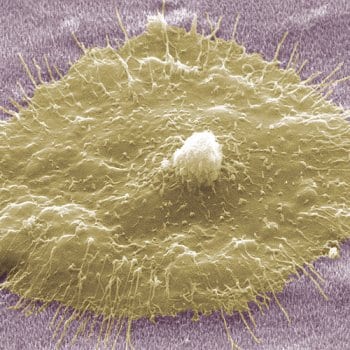
The hybrid titanium surface presented here may lead to the development of new classes of implant materials.
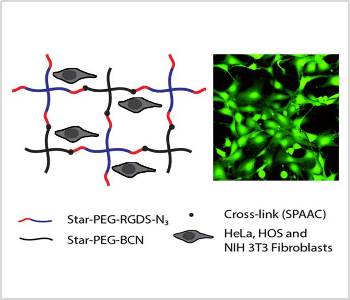
Soft biocompatible PEG hydrogels with tunable mechanical properties and RGDS-content have been prepared by Löwik et al. using a copper free-click reaction.
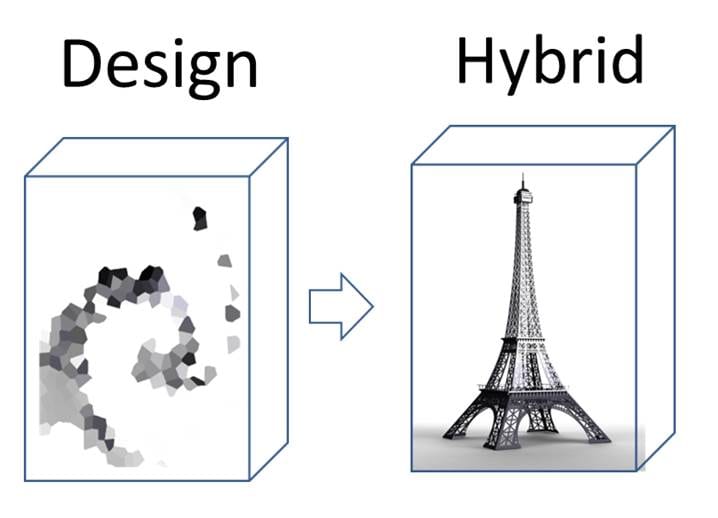
Possibilities of creating hybrid materials with promising architecture and a desirable submicron scale structure by SPD processing techniques are discussed.